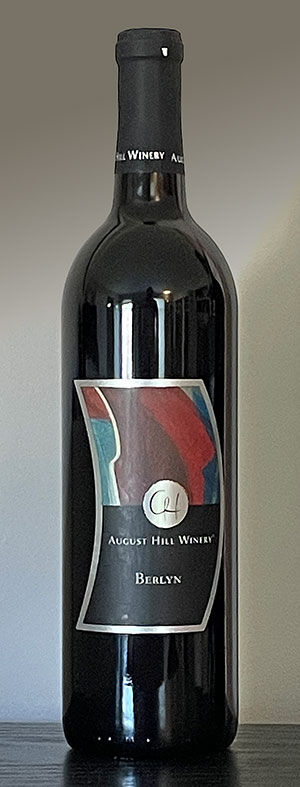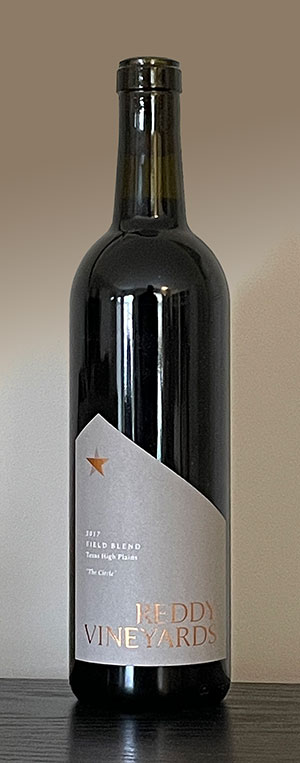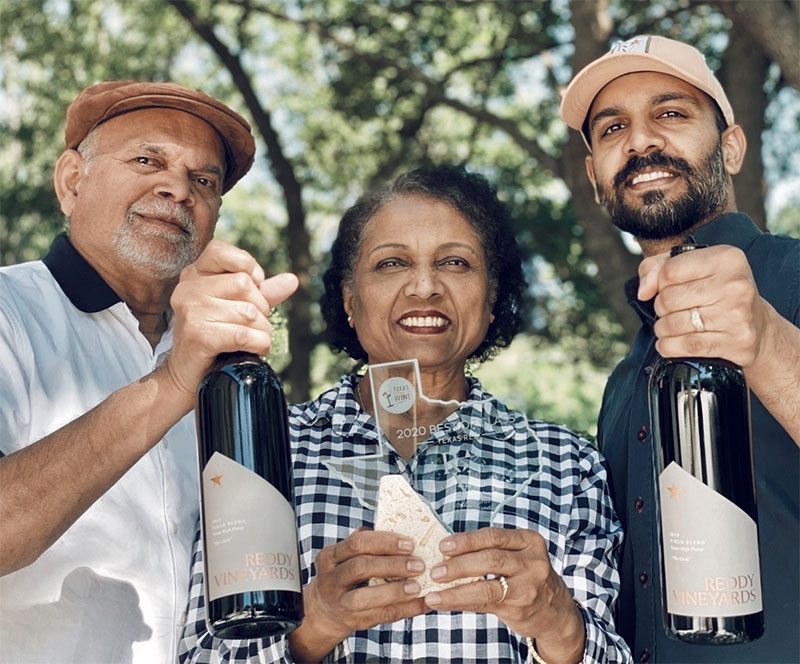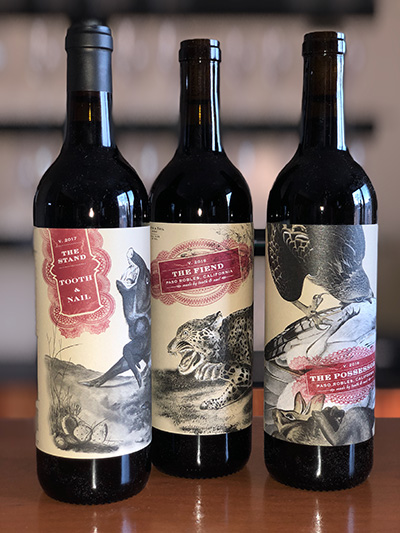
Tooth & Nail is one of four brands from Rabble Wine Company, the others being Rabble, Stasis, and Amor Fati. Rabble was founded by Rob Murray, a longtime wine grower with a vineyard-first mindset. The company has relied on four vineyards for more than 10 years, carefully overseeing all aspects of farming.
The Tooth & Nail estate vineyard is in the Willow Creek District of Paso Robles , California. about halfway between Santa Barbara to the south and Carmel to the north. It occupies rolling slopes at the base of the Santa Lucia mountains. The gravelly soils feature the type of limestone-rich ingredients found in some of the world’s greatest winegrowing regions. The vineyard spans 10 acres, including 20-year-old Cabernet Sauvignon vines and newer plantings of a Tempranillo clone from Rioja; a Malbec clone from Bordeaux; and a head-trained block of Mourvedre. The second vineyard, Murmur, is southwest from the winery and over the mountains, just 13 miles from the Pacific Ocean. Murray personally planted this vineyard and knows it intimately. The final two vineyards, Mossfire and Armour Ridge, are in the Estrella District, about 10 miles north of Paso Robles on Highway 101.
Continue reading “Tooth & Nail The Stand”


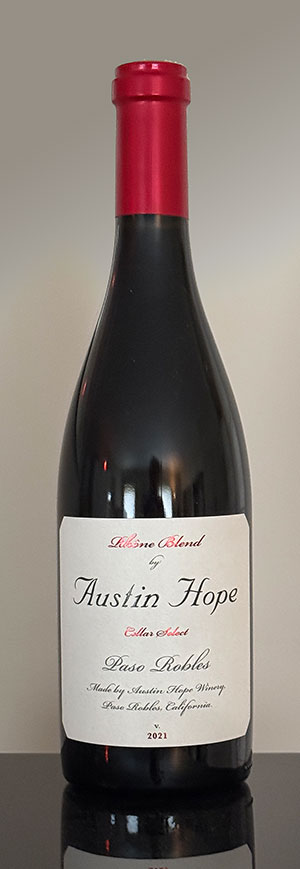

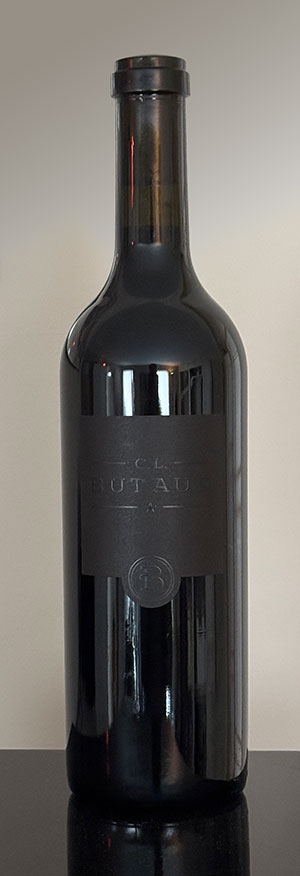
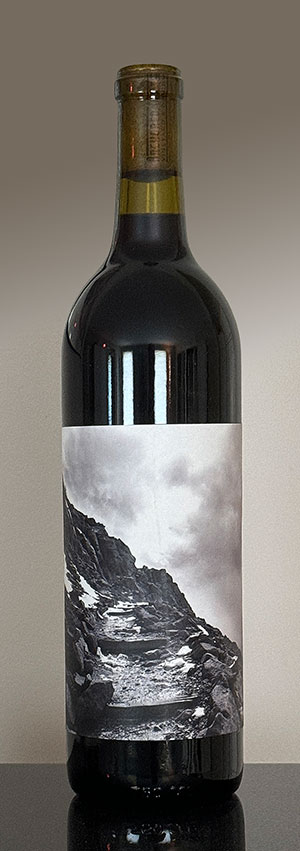

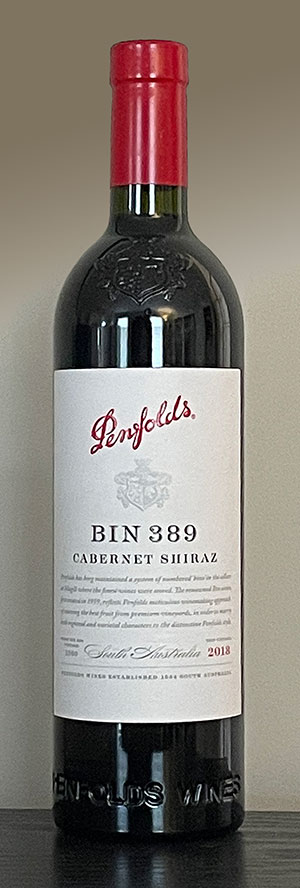
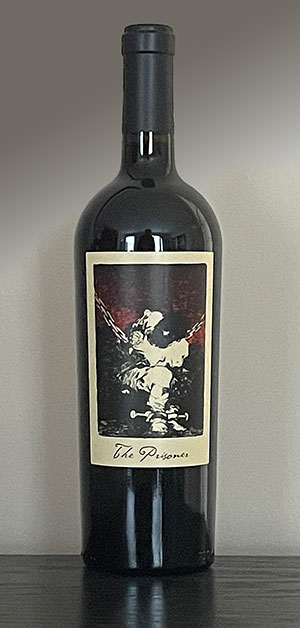
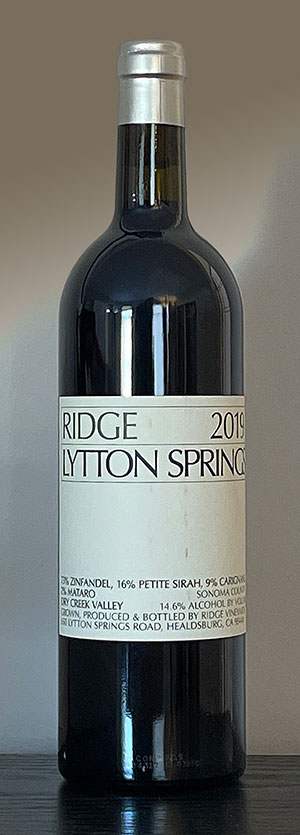
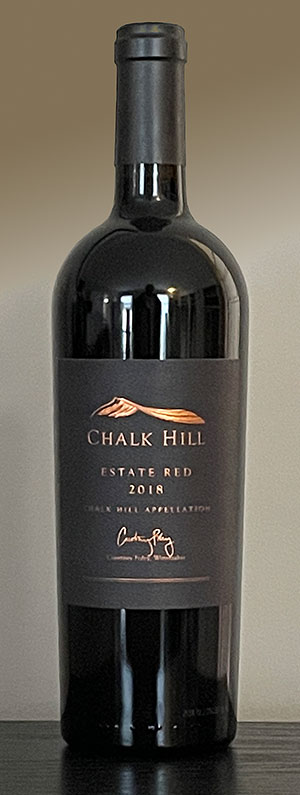
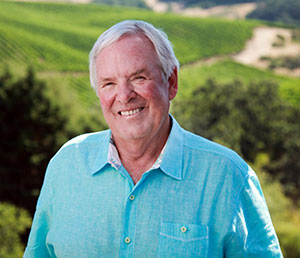
![Scheid VDR [Very Dark Red]](https://winervana.com/wp-content/uploads/2022/08/VDR.jpg)
